People often say the age of the airship ended with the Hindenburg disaster on May 6, 1937, but it probably ended with the flight of Pan Am’s China Clipper on November 22, 1935.
Months before Hindenburg even left its construction hangar for the first time in March 1936, the Martin M-130 China Clipper left San Francisco for the first scheduled mail flight across the Pacific Ocean.
Able to cross the ocean twice as fast as a zeppelin, with a fraction of the crew, Pan American’s flying boat made the airship obsolete.
The First Mail Flight Across the Pacific
The China Clipper departed San Francisco with a ceremony broadcast nationally on the radio; Pan Am founder Juan Trippe, Postmaster General Jim Farley, and the governor of California were in San Francisco, and the Governor of Hawaii and Manuel Quezon, President of the Phillipines, participated via wireless hookups.
As the highlight of the ceremony, Juan Trippe’s voice came over the radio: “Captain Musick, you have your sailing orders. Cast off and depart for Manila in accordance therewith.”
Six days later — after five legs and 59 hours 48 minutes in the air, crossing the International Date Line between Midway and Wake — the China Clipper landed in Manila.
- San Francisco – Honolulu (Depart 3:46 PM, November 22 – Arrive 10:19 AM, November 23)
- Honolulu – Mdway (Depart 6:35 AM, November 24 -Arrive 2:0o PM, November 24)
- Midway – Wake (Depart 6:12 AM, November 25 – Arrive 1:38 PM, November 26)
- Wake – Guam (Depart 6:01 AM, November 27 – Arrive 3:05 PM, November 27)
- Guam – Manila (Depart 6:12 AM, November 29 – Arrive 3:32 PM, , November 29)
Atlantic Ambitions and Pacific Reality
Crossing the Pacific was not Pan American’s first goal; the airline originally set its sights on the Atlantic, because the passage between America and Europe was the most prestigious and profitable passenger route in the world.
The Martin M-130 flying boat was built to cross the Atlantic and could have flown the route with ease; the longest leg of the Pacific flight (between San Francisco and Honolulu) was almost 2,400 miles, but the longest leg over the Atlantic (between Newfoundland and Ireland) was less than 2,000 miles.
What stopped Pan Am from flying the Atlantic, and from competing head-to-head with the German zeppelins, was not technology but the British. Britain did not want the United States to have a monopoly, or even a head-start, on a transatlantic airline service and refused to grant landing rights in Britain itself or in the British-controlled stepping stones (Atlantic Canada and Bermuda) across the Atlantic. The British refused to allow an American airline to begin transatlantic service until they had a plane capable of the same flight, but in 1935 and 1936 they were not even close.
The Future of Air Travel
While Pan Am’s clippers flew the Pacific rather than the Atlantic — leaving the German Hindenburg and Graf Zeppelin with no competition for transatlantic air passengers in 1936 or 1937 — the airplane was a sign of the future.
Although not as comfortable as Hindenburg, the M-130 was more than twice as fast as the zeppelin and offered its passengers greater luxury than any other fixed-wing airliner of its time.
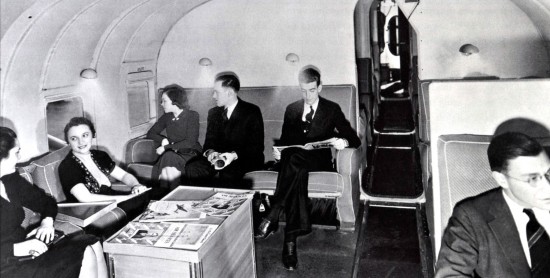
Lounge of a Martin M-130 flying boat
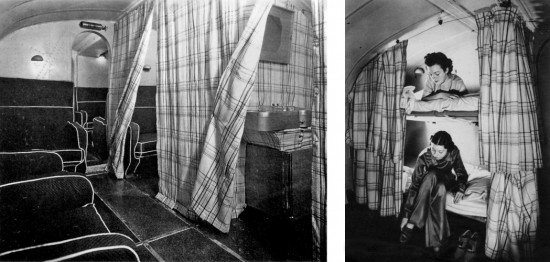
Seating area and sleeping berths on Martin M-130 flying boat
And just a few years later Pan Am introduced an even larger, faster, and more luxurious clipper — the Boeing 314 — and was finally obtained permission to begin passenger service across the Atlantic.
The first Boeing clipper crossed the Atlantic on May 20, 1939, just two years after the crash of the Hindenburg. The clipper flew between the United States and Europe in half the time of the airship, at far lower cost to the airline, and with more passengers than could have been accommodated in a zeppelin inflated with helium.
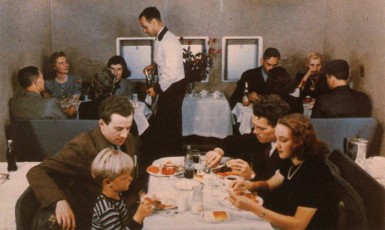
Dining room of Boeing 314
The age of the airship did not end at Lakehurst, New Jersey; it ended in the board room of Pan American Airways and the drawing rooms of Martin and Boeing.
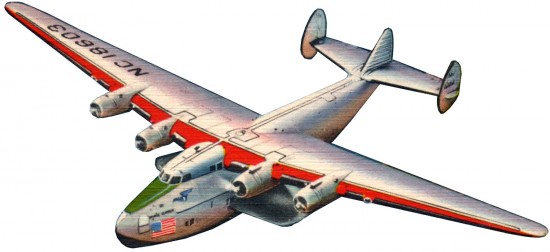

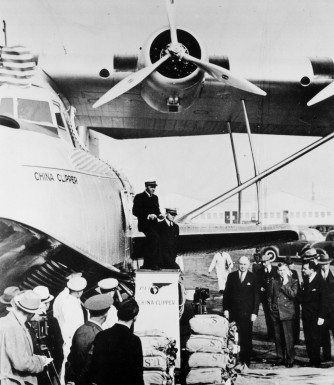
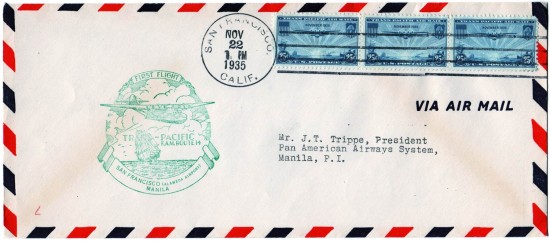
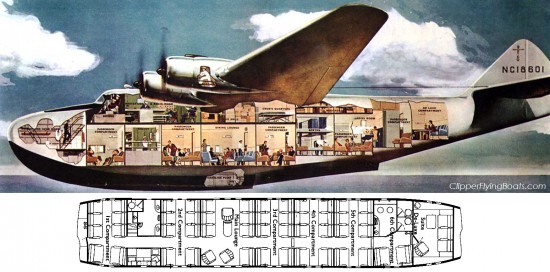

I do not think that it is as clear cut as it seems regarding the flying boats vs zeppelin argument.The Hindenburg had already provided good and reliable service across the Atlantic Ocean in 1936.It still took Pan Am until mid 1939 to actually start the flying boat service to europe.Even… Read more »
One of the main reasons for the fall of the airships was that in November 1937 the congress passed the amendment to the Helium Control Act requiring a unanimous agreement from the Munitions Control Board instead of a majority vote allowing Secretary of the Interior Harold Ickes to block the… Read more »
Just a correction.The Helium Act Amendment was passed in the summer of 1937 not November 1937 as I stated above.
Not sure the airship’s a dead thing. In this time of “efficient” flying, we’ve lost a lot of our dignity and grace in the quest to get there quicker and cheaper. Even Jet Blue is joining the bean counters and squeezing more seats into every plane at the expense of… Read more »
Great post!